When you think of Norway, what comes up? The Northern Lights? The Midnight Sun? Bergen and the fjords? These are the experiences most people seek out when holidaying in this beautiful, sparsely populated Scandinavian country.
Yet there’s another side to Norway, the south, a region where Norwegians tend to go on holiday but foreign visitors do not. Norwegians call it ‘Sørlandet’, the Southern Country.
It’s not too far from the capital, Oslo, the fjords, and ferries to Denmark. It’s easier than ever to get to from the UK now, with two-hour flights with Norwegian airline Wideroe, from London Stansted to its heart, Kristiansand.
The region enjoys a noticeably milder climate to the north and access to great wilderness - mountains, lakes, rivers and forest.
Its coast, ‘Norway’s Riviera’, has a host of beaches, islets, skerries and sheltered coves. Boating, swimming and kayaking are unsurprisingly popular here.
My stay began just east of the town of Mandal, at Tregde Ferie fishing village, set in a restful, sheltered location overlooking the Tregde archipelago.
Visitors stay in cabins and apartments with balconies, with some overlooking the quay. They have kitchens, handy for reducing costs in an area of the world where eating out, and much else, is pretty pricey.
However, there’s an impressive restaurant onsite, Marinaen, and head chef Eila Ingilæ brews beer there as well as creating some delicious, inventive, often fish-inspired dishes, such as freshly caught monkfish with cream cheese and basil profiteroles.
The centre offers boat and bike hire as well as kayaking, diving, fishing and sea rafting trips. My group put on thick waterproofs and jumped into a fishing boat for a ride out past the bay with local fisherman Magne Johannessen, with his Captain Bird’s Eye-style grey beard and thick woolly jumper.
Passing little secluded summerhouses and retreats, seagulls encircled us as pine forest framed each side of our route. In the summer there’d be lots of boats here, but, being spring, it was just us on the water. The sun was trying to break out of the thick clouds in this deep sea wilderness.
Before long we were helping haul in mackerel, herring and monkfish in abundance. We moved nearby and got completely different fish: flounder and cod, and some crabs. Magne told us that he caught a 38 kilo monkfish once, nearly a metre tall. As he pulled it out, it bit him on the arm.
We borrowed e-bikes - very welcome, with the hilly terrain - to explore the local village and its pretty red and white weatherboarded houses and its forest.
We took a boat to little Landøy island, one of more than 50,000 islands in the country. Fifty years ago people lived here full-time, the number dwindling until the death of the last permanent resident three years ago. Now the homes are summerhouses, with around 50 people living here during the summer.
One is owned by Øystein and Liv Steinsvåg, the only people on the island when we visited. Their gorgeous house is something straight out of an interiors magazine, with the rural Scandi look in droves.
Their barn is a living museum built from examples from Norway’s shipping history, including timber from 19th century shipwrecks, sails, lanterns, rope and tackle and even a small jail. You can email Øystein to visit at no charge (oystein.steinsvag@gmail.com).
A first glance at Under will stop you in your tracks. Europe’s first and the world’s largest underwater restaurant, it is located at Lindesnes, known for its intense weather conditions, which can change from calm to stormy several times a day. The imposing 34-metre-long concrete and wood block tilts into the icy waters of Lindesnes bay, resting on the seabed more than five metres below. It’s almost an art installation.
The structure is designed to fully integrate into its marine environment over time, as the roughness of the concrete shell will function as an artificial reef, welcoming limpets and kelp to inhabit it.
Diners sit by a huge 3.4mx11m window (26cm-thick acrylic rather than glass) revealing a panoramic view of the seabed and an opportunity to take in the otherwise rarely seen marine ecosystem of the North Atlantic Ocean. You could see pollack, cod, snails, sea urchins, crabs, lobsters in gladiator battles, spiny dogfish and distinctive seaweed and kelp that change through the seasons. Sometimes seals too. All against a backdrop of the roaring, stormy sea, nature in turmoil. However, unfortunately when I visited, there was not much going on. There’s more action in my goldfish tank.
The care the team of eight take in the kitchen is amazing. Even getting the sand base on a plate for a shellfish dish absolutely level is an intricate, lengthy operation.
The 40-seat restaurant is owned by local brothers Stig, and Gaute Ubostad. In their 40s, they’re called ‘drifty’ by the locals, which roughly translates as ‘driven’, because they are forever embarking on new ‘crazy’ projects. This one certainly seems so, being such a costly enterprise (NOK70m/£5.1m) in such a quiet, nondescript location.
Yet bookings for the 10-12 course locally-sourced NOK1950/£145 dinner tasting menus (plus NOK1250/£95 wine pairing) are up to six months ahead. There are cheaper, smaller lunch menus too. As well as seafood and seaweeds, seabirds and wild sheep that have grazed in the archipelago nearby are also on the menu.
Continuing along the road, you arrive at Lindesnes lighthouse, dating back to 1656 and therefore Norway's oldest. Designated a national lighthouse museum, it has a cinema with films depicting life here on the coast and living in the midst of a storm.
We’re shown around the site by lighthouse keeper Kjell Olsen, who takes it in turns with colleague Frank Otto to look after the lighthouse for two-week stints.
An exhilarating RIB boat ride took us to another lighthouse, Ryvingen, established in 1867. Huge, towering rocks surrounded the barren landscape. It has accommodation available too (600 NOK/£44), if you’re looking for a spot of solitude.
With rivers well suited for activities like white water rafting, canoeing, kayaking and salmon and trout fishing, Kristiansand is seen as something of a destination for those searching for some adventure too.
With this in mind, we stayed at Troll Activ situated at Evje in the Setesdal valley. Set up by British ex-army man Tim Davis and his Norwegian wife Gjertrud 25 years ago, the adventure sports centre offers 20 activities including climbing walls, treetop walks and mountain bike tours.
Located right next to the raging rapids of the Otra River, the centre excels in water sports. I tried white water rafting, in the cold, fast-moving, swirling waters, which was truly exhilarating.
We ended our stay by visiting Norway’s largest land animal, the elk at Elgtun (Elk Town). Considered the king of the Norwegian woods, its ‘crown’ being its antlers, you can feed and stroke this mighty indigenous animal that weighs 600-700 kilos, is able to dive five metres and run at 40 kph. Understandably, we declined trying an elk burger in the cafe but instead lifted up some antlers and they are considerably heavier than they look. Carrying a pair of them on your head every day must be quite a bind.
Southern Norway is a very different beast from what the country is largely known for, and deserves greater recognition.
“We have a massive amount of wilderness here,” says Tim Davis. “We have so much forest and mountain that you can climb a new mountainway or experience a new river every day. It’s very user-friendly terrain. Gorgeous, clean, untouched nature sums this place up.”
Getting there
wideroe.no/en/flytoKRS
Further information
Visit Norway: visitnorway.com/places-to-go/southern-norway/
Tregde Ferie: tregdeferie.no/en/
Under: under.no/en/
Troll Activ: trollaktiv.no/en/
Elgtun: elgtun.no/en/





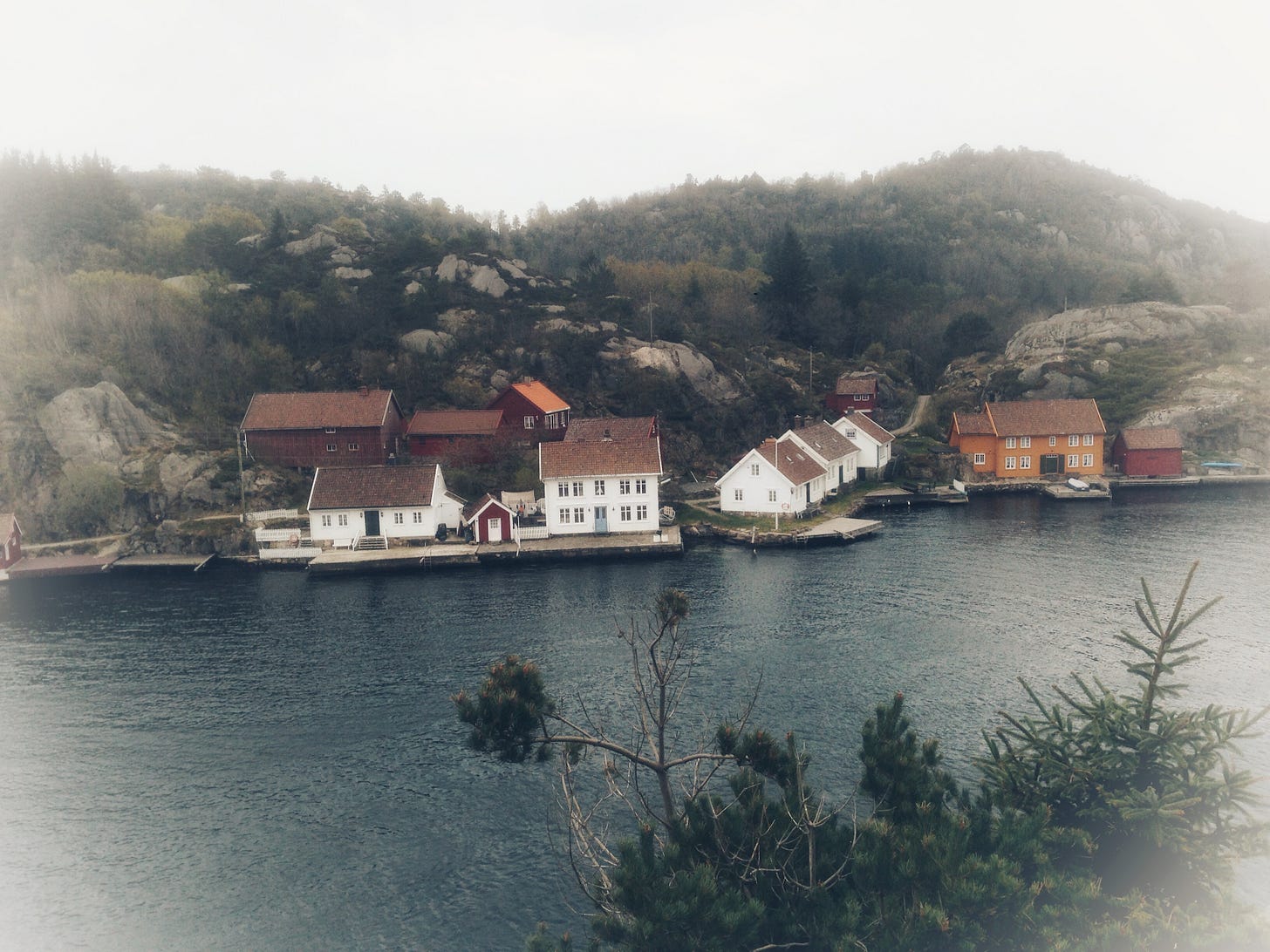
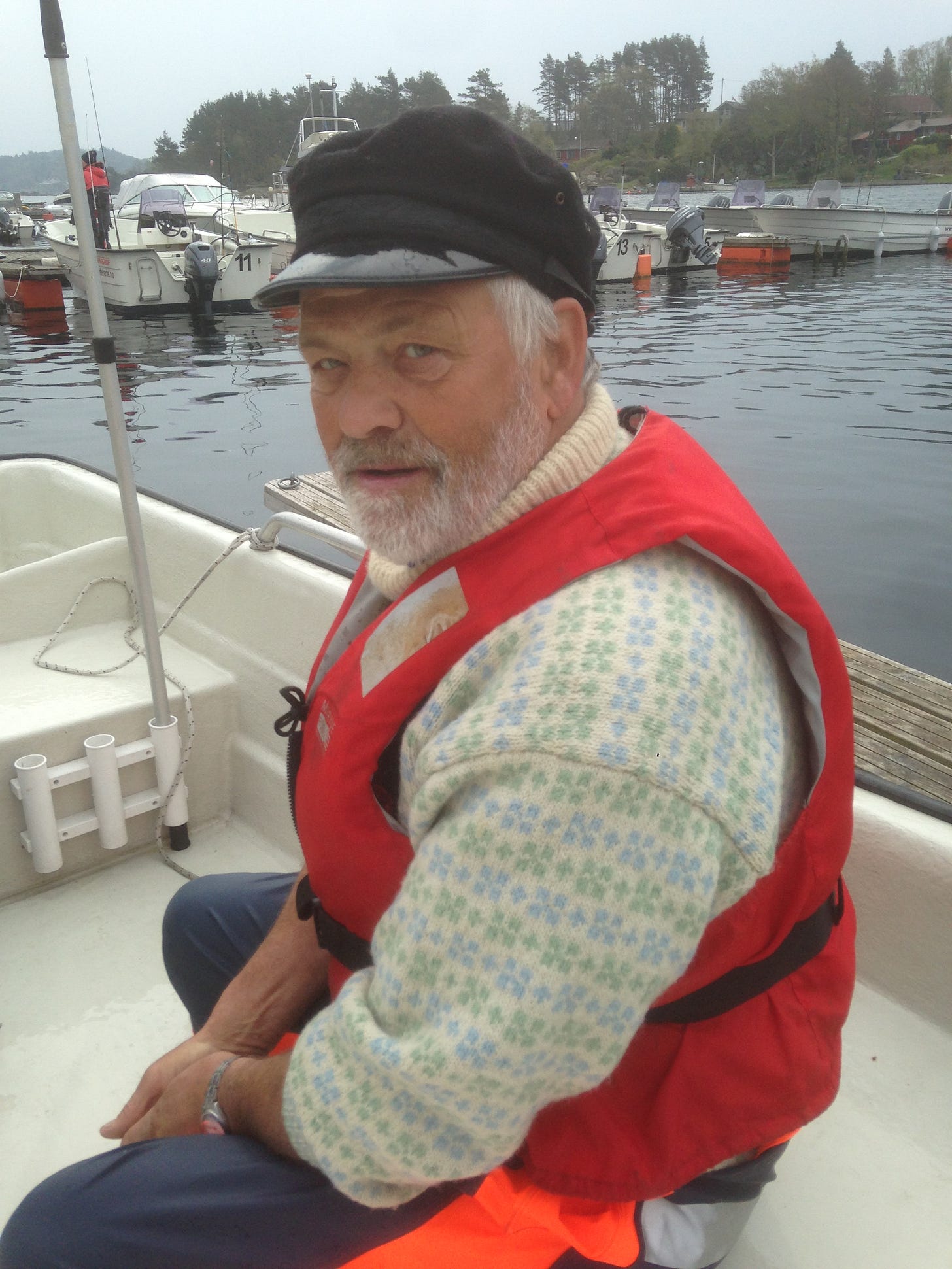
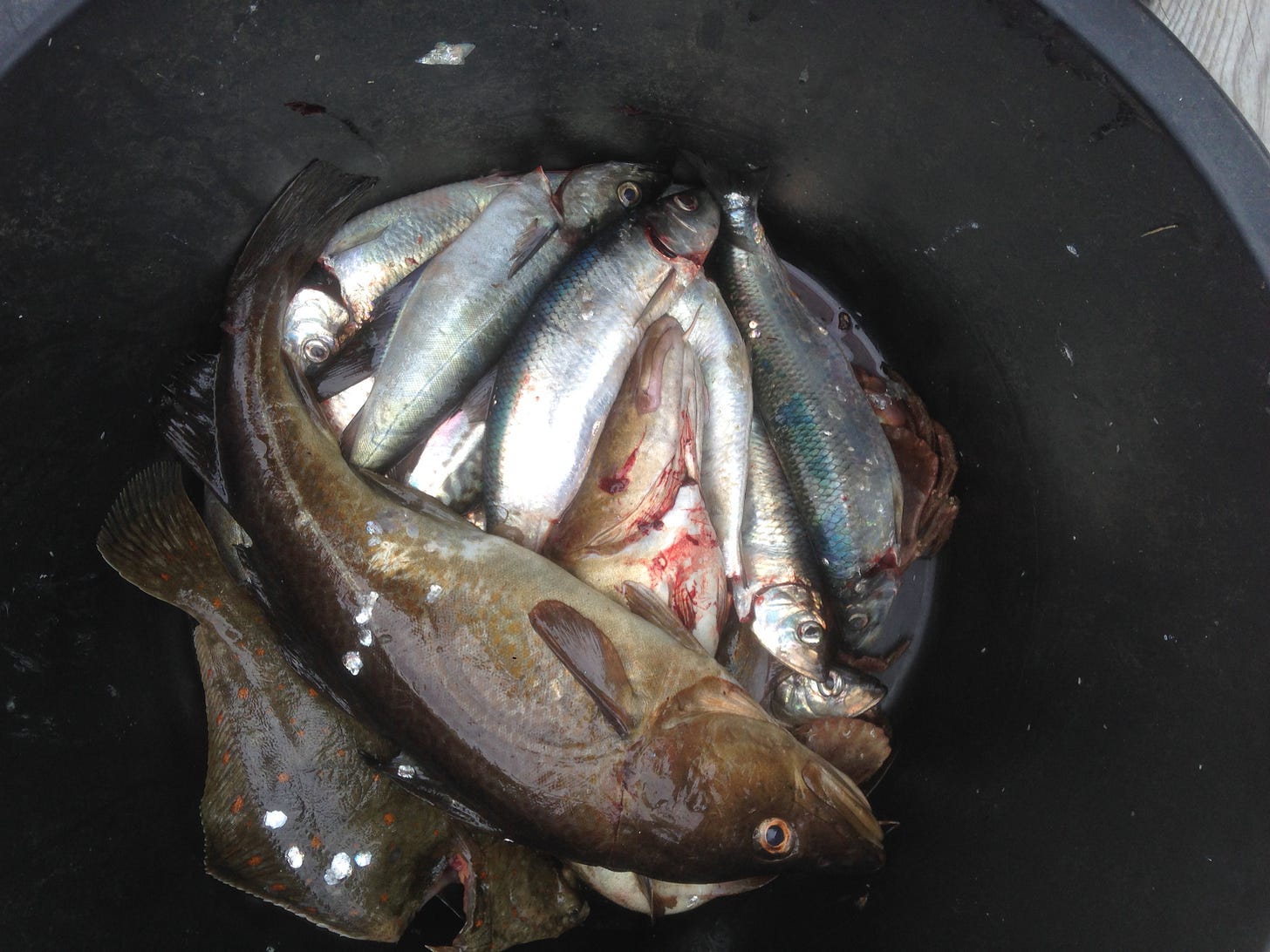

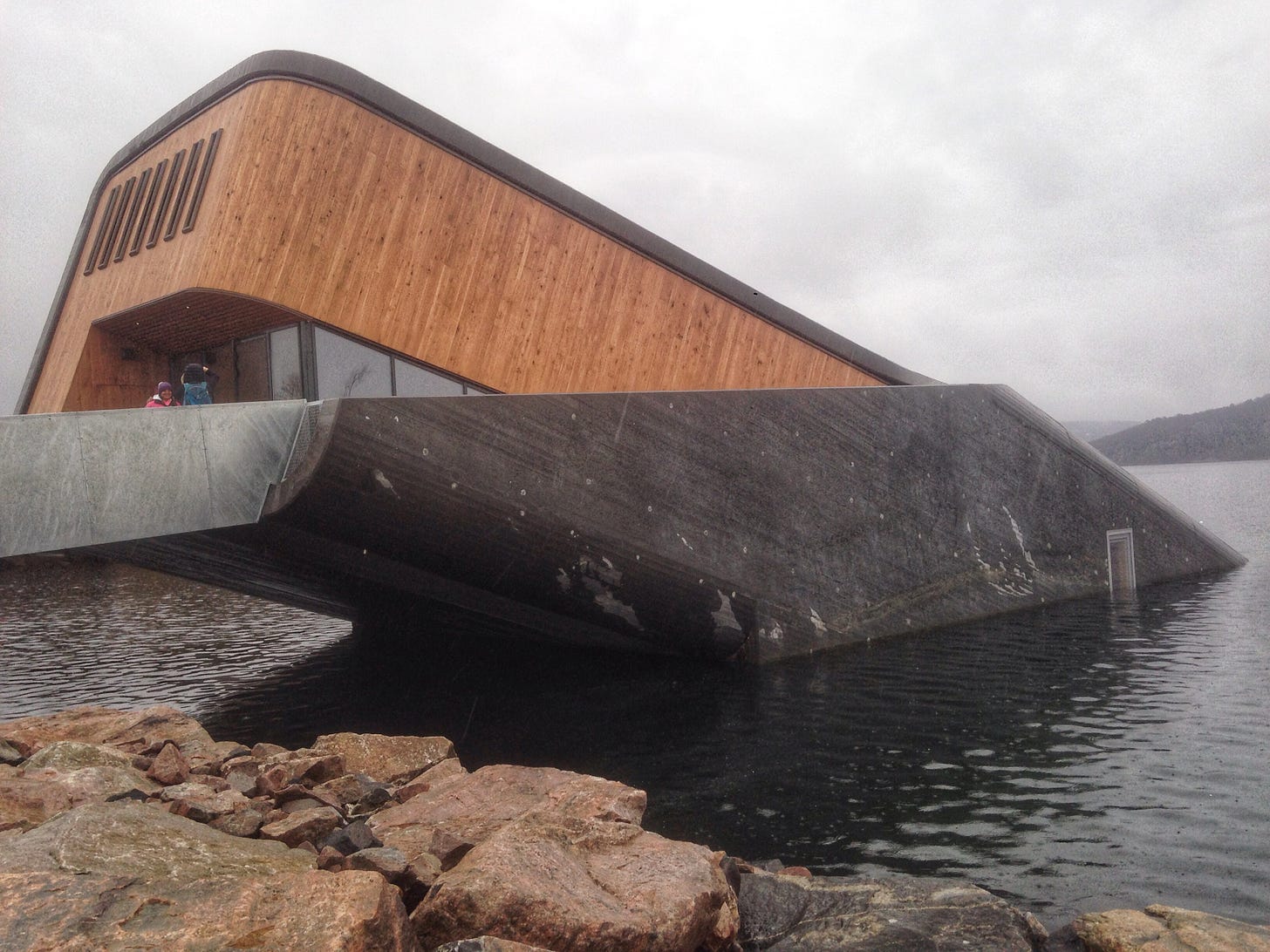
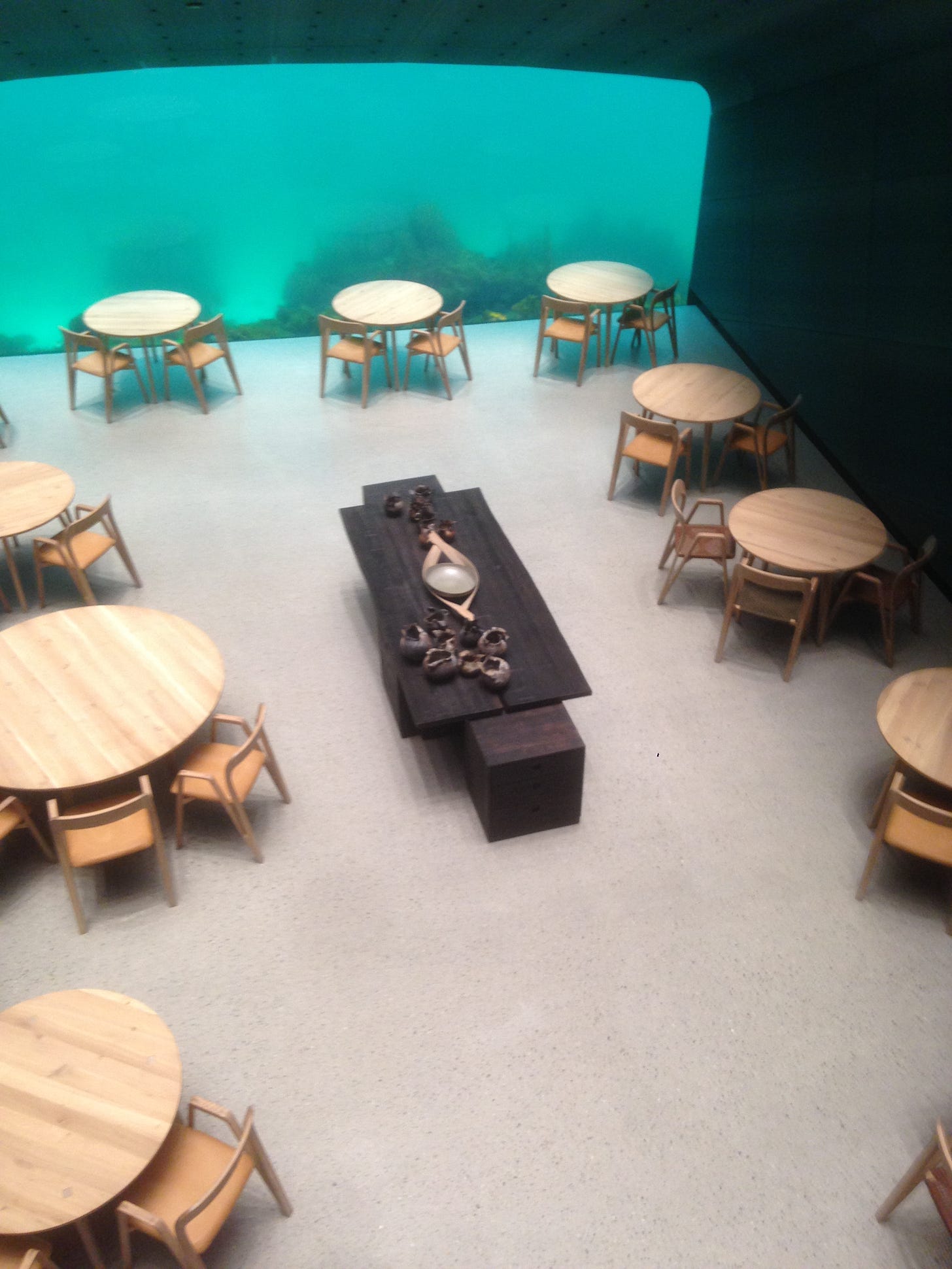

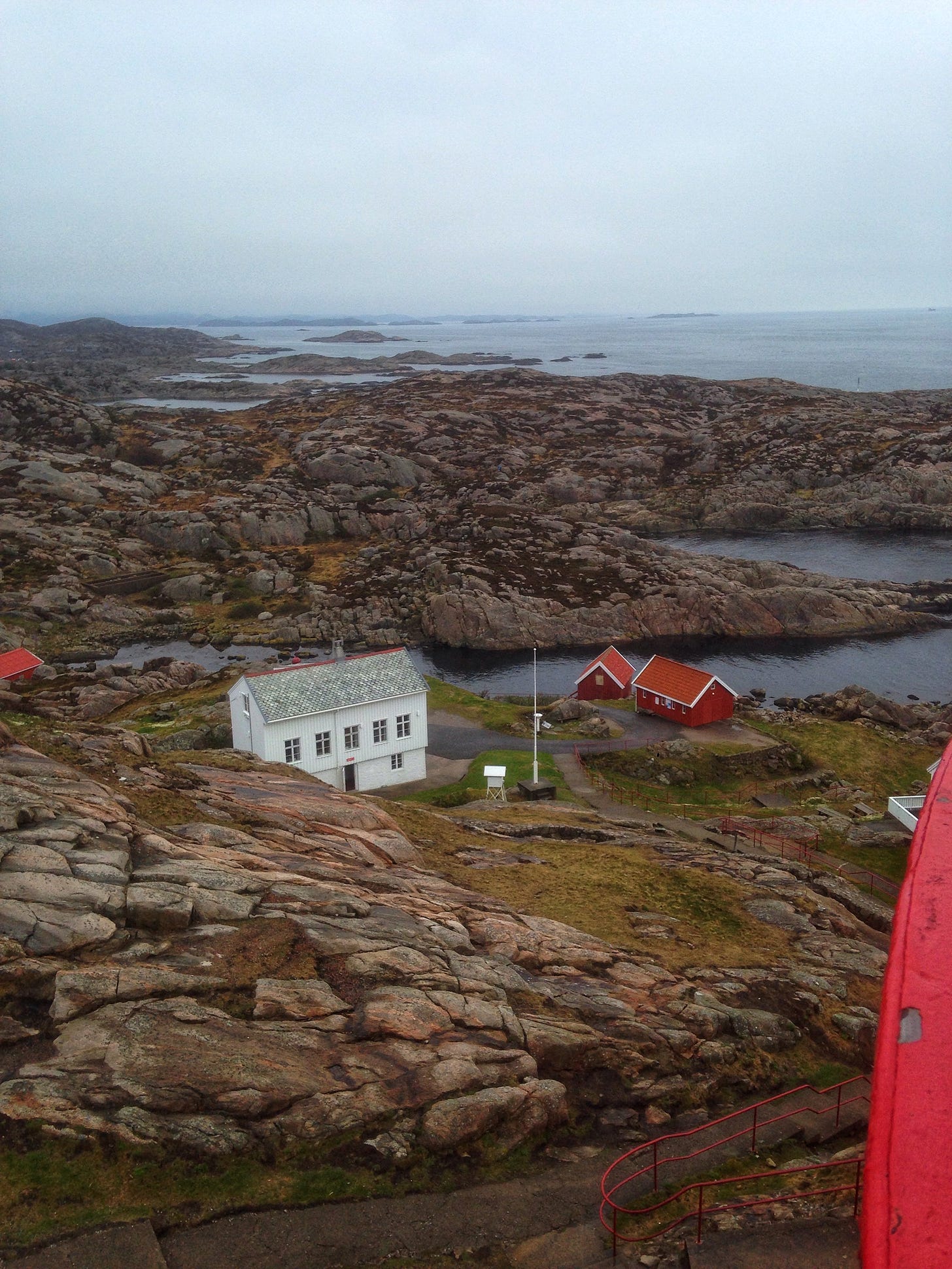
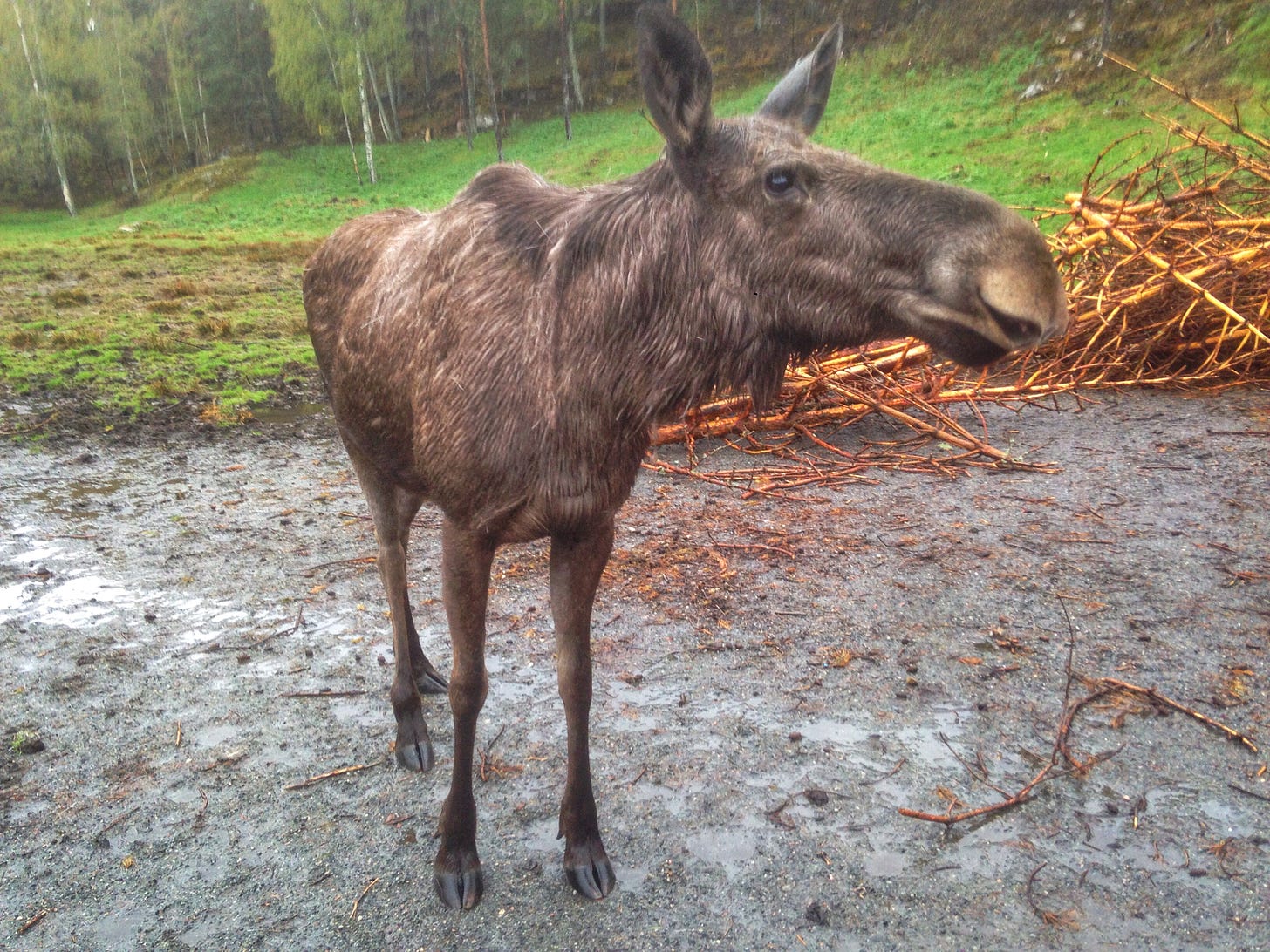
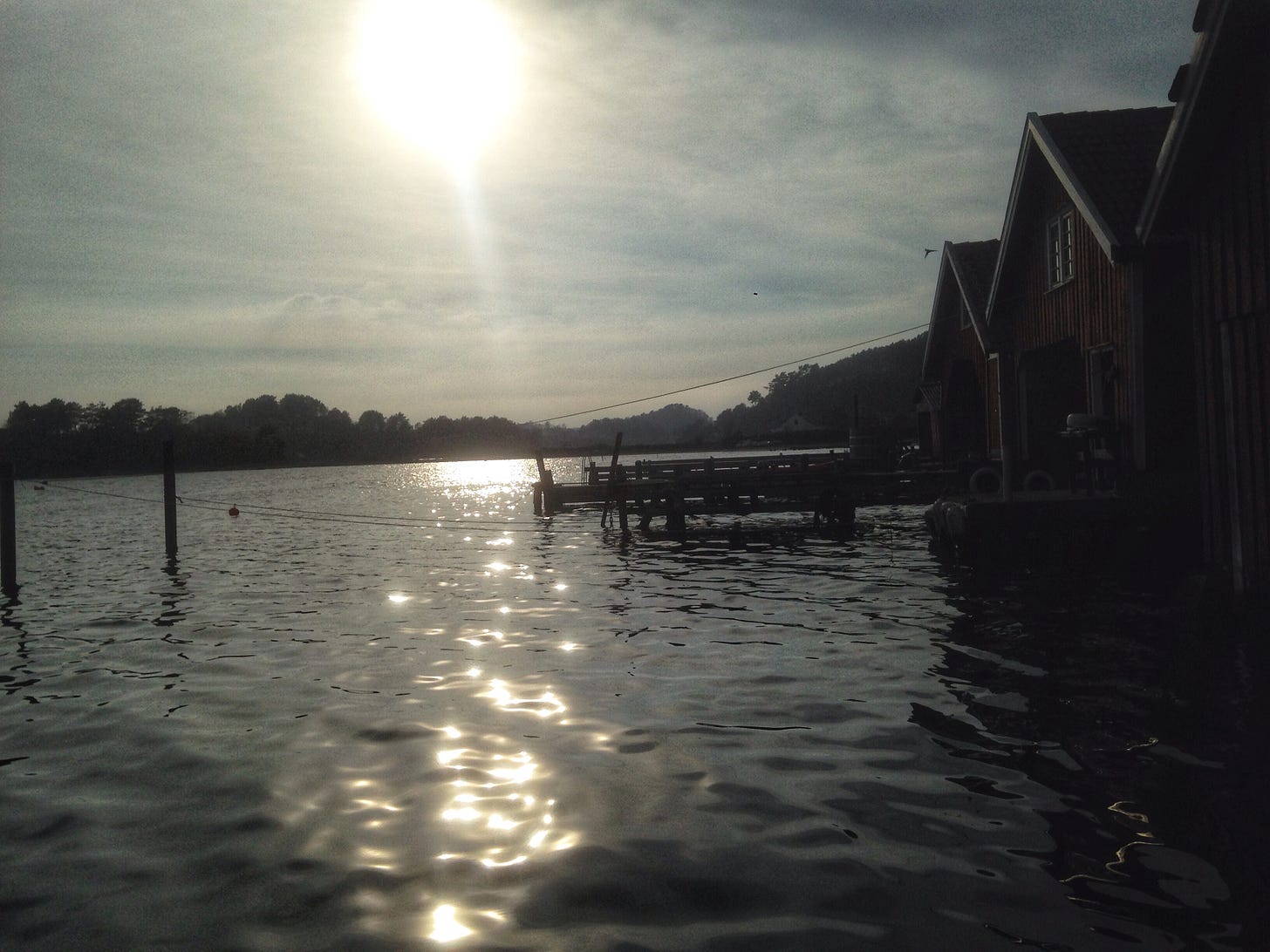
Excellent article, Ben! I envision the 'Under' restaurant as a great locale for a Bond scene and the description of the menu seems an eclectic compliment.